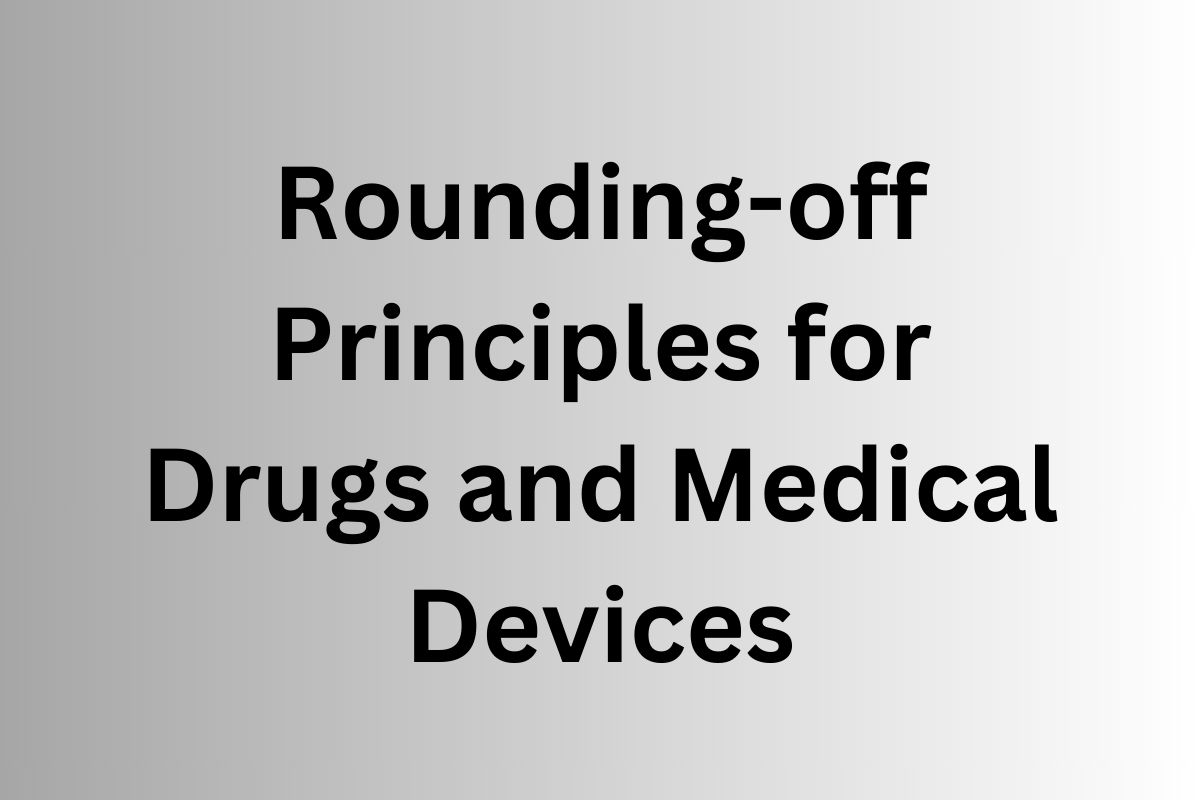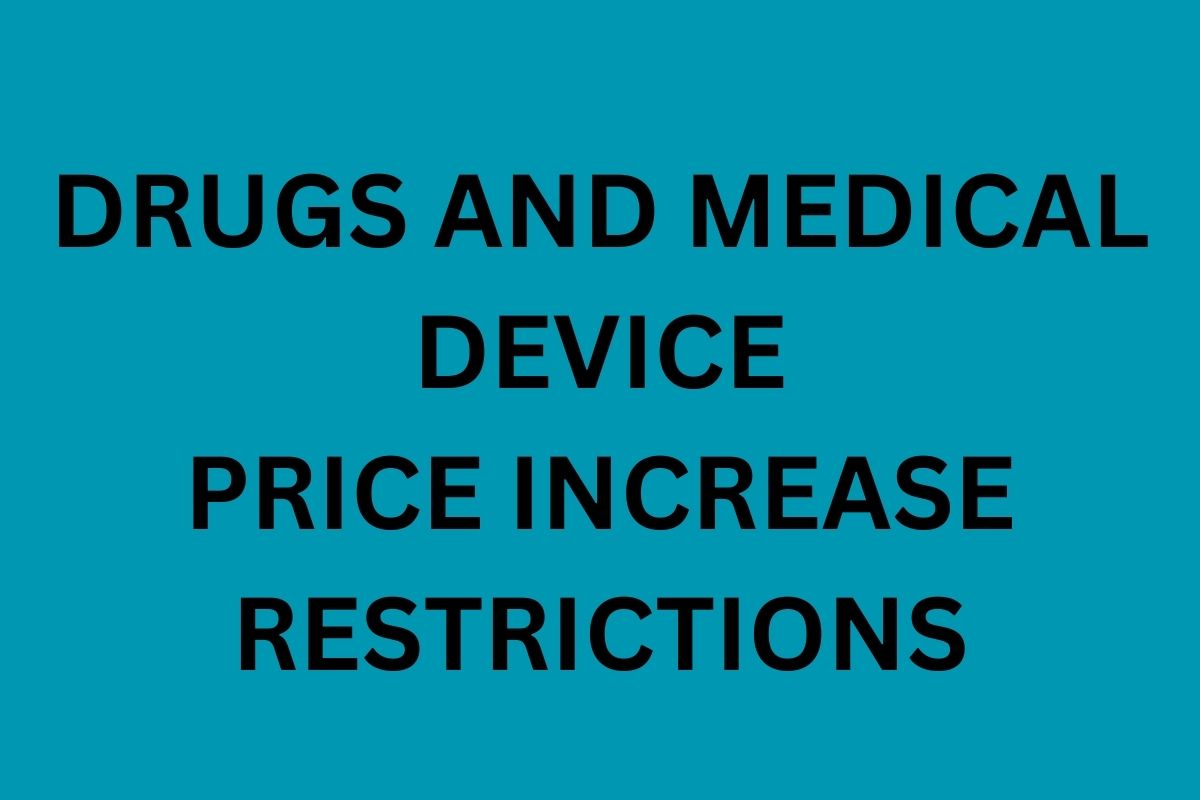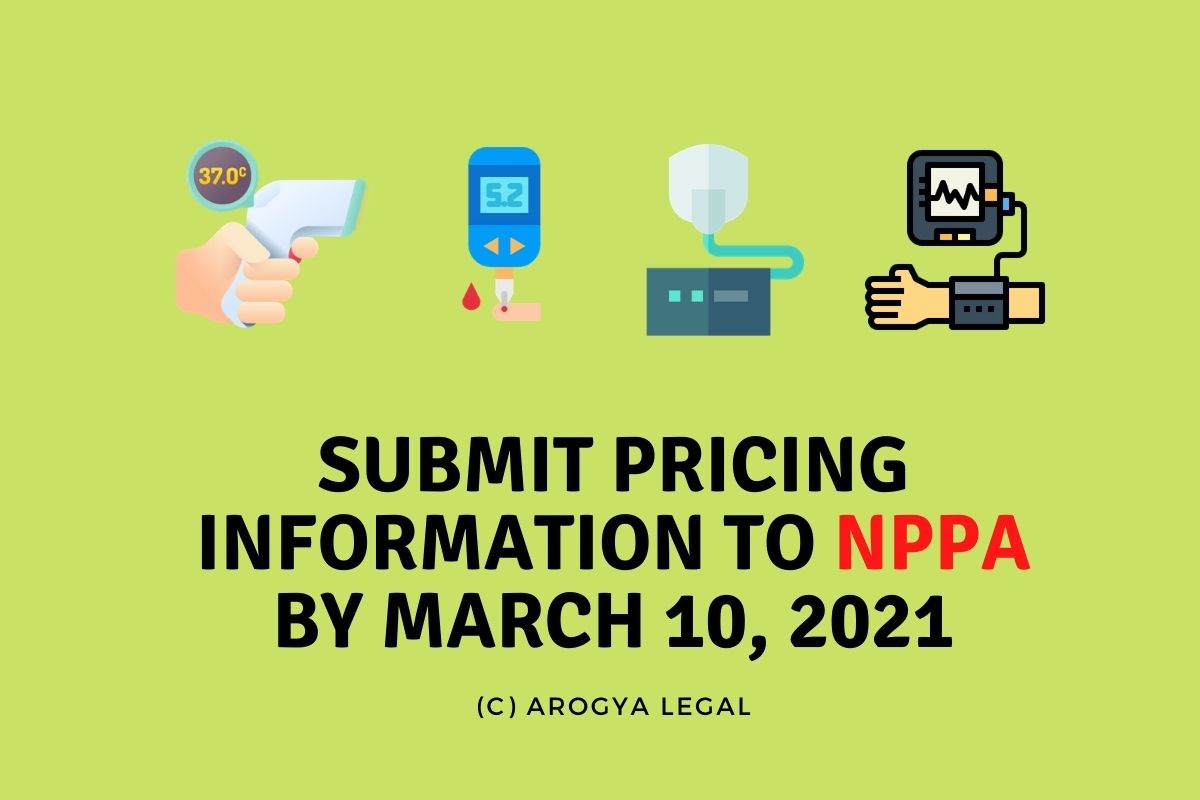In this article, we have discussed rounding-off principles that manufacturers and importers of drugs and medical devices should follow while determining the maximum retail price (MRP) of their products.
What is rounding-off?
Rounding-off refers to adjusting a fractional price of a drug or medical device to the nearest rupee, or the nearest paisa, depending on the context.
Why is rounding-off relevant for drugs and medical devices?
The MRP of drugs and medical devices is regulated by a law called the Drugs (Prices Control) Order, 2013 (“DPCO”). If a manufacturer or importer decides to round-off the MRP of a drug or medical device for any reason, for example, pursuant to an increase or decrease in applicable taxes, and the rounding-off is not acceptable as per provisions of DPCO, then it may result in recovery of the overcharged amount from the manufacturer or importer.
What are the principles of rounding-off prescribed under DPCO?
The DPCO itself is, as such, silent on the rounding-off of MRP. However, the authority responsible for enforcement of the DPCO, the National Pharmaceutical Pricing Authority (NPPA), has recognized the fact that rounding-off of MRP is an acceptable market practice [NPPA Minutes, 2016]. It is acceptable to NPPA that rounding-off of MRP is done as per ‘general mathematical practice’.
What is the general mathematical practice of rounding-off?
The general mathematical practice is to round-off the second decimal place of the MRP, depending on the number present at the third decimal. If the number present at the third decimal place is 5 or bigger than 5, then the number present at the second decimal place may be increased by 1. If the number present at the third decimal is less than 5, then the number present at the second decimal place will not change.
Some illustrations:
| S No. | Actual Figure | Rounded-off Figure |
| 1. | Rs. 123.45/- | Rs. 123.45/- |
| 2. | Rs. 123.455/- | Rs. 123.46/- |
| 3. | Rs. 123.456/- | Rs. 123.46/- |
| 4. | Rs. 123.991/- | Rs. 123.99/- |
| 5. | Rs. 123.999/- | Rs. 124.00/- |
| 6. | Rs. 123.001/- | Rs. 123.00/- |
| 7. | Rs. 123.111/- | Rs. 123.11/- |
The above understanding was validated by the Delhi High Court in the case of Union of India v Bharat Serums.
Whether rounding-off is permitted for medical devices under Legal Metrology (Packaged Commodities) Rules, 2011?
The MRP of medical devices is regulated by DPCO as well as Legal Metrology (Packaged Commodities) Rules, 2011 (“LMPC Rules”). Until 23.6.2017, the LMPC Rules had a provision to round off the fractional MRP to the nearest rupee. In other words, medical devices were permitted to round-off the fraction of less than fifty paise to the preceding rupees and a fraction of above 50 paise and up to 95 paise to the rounded off to fifty paise.
However, the above provision was omitted from LMPC Rules with effect from 1.1.2018. Therefore, the MRP of medical devices today cannot be rounded off, except in the case of the second decimal place, as described earlier.
Can a manufacturer or importer of medical devices round-off MRP of medical devices to the nearest rupee or 50 paise?
The simple answer is no, especially not after 2018. Before this, it was at least arguable that manufacturers and importers of medical devices could rely on the provisions of LMPC to take a position that they had the flexibility to round-off the MRP to the nearest rupee or 50 paise. The price regulator, NPPA, however, has not accepted this position. Post 2018, there is no basis for manufacturers and importers of medical devices to take such a position since the supporting LMPC provisions are now omitted.
Please note that manufacturers and importers of drugs could never take benefit of the flexibility of rounding-off under LMPC Rules for fixing MRP because LMPC Rules do not apply to drugs.
Conclusion
The flexibility to round-off MRP in the case of drugs and medical devices is available up to the second decimal place only, as per general mathematical practice. Any error in rounding-off for drugs and medical devices can result in significant recovery from manufacturers and importers under the provisions of the Drugs (Prices Control) Order, 2013.



